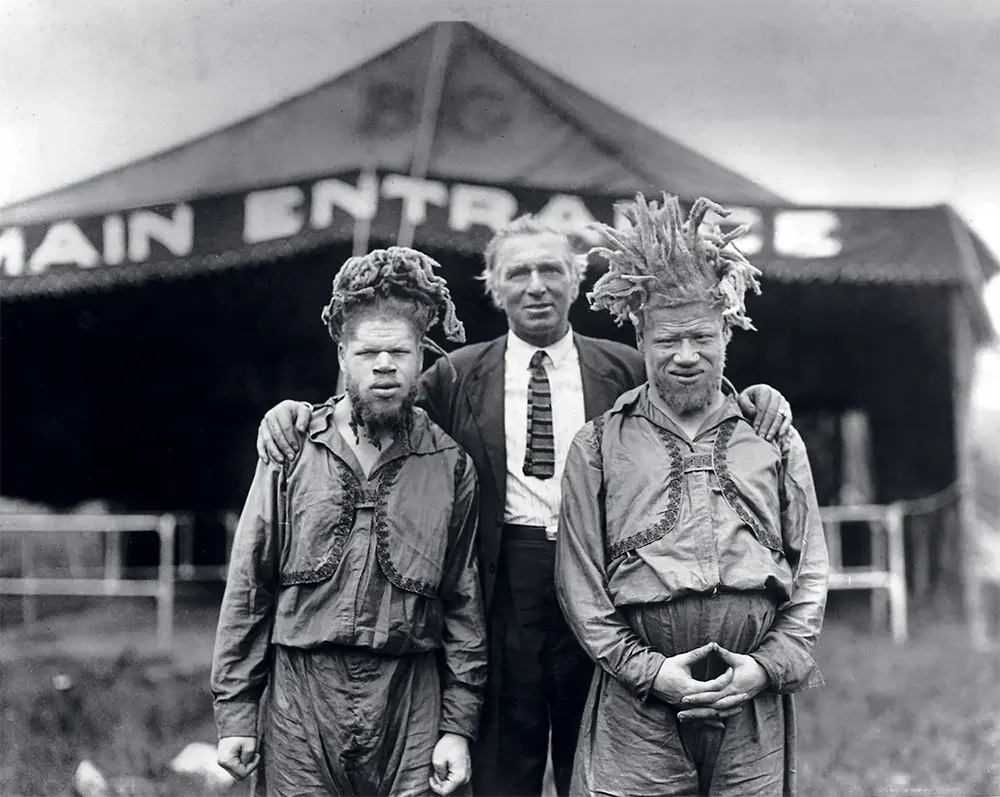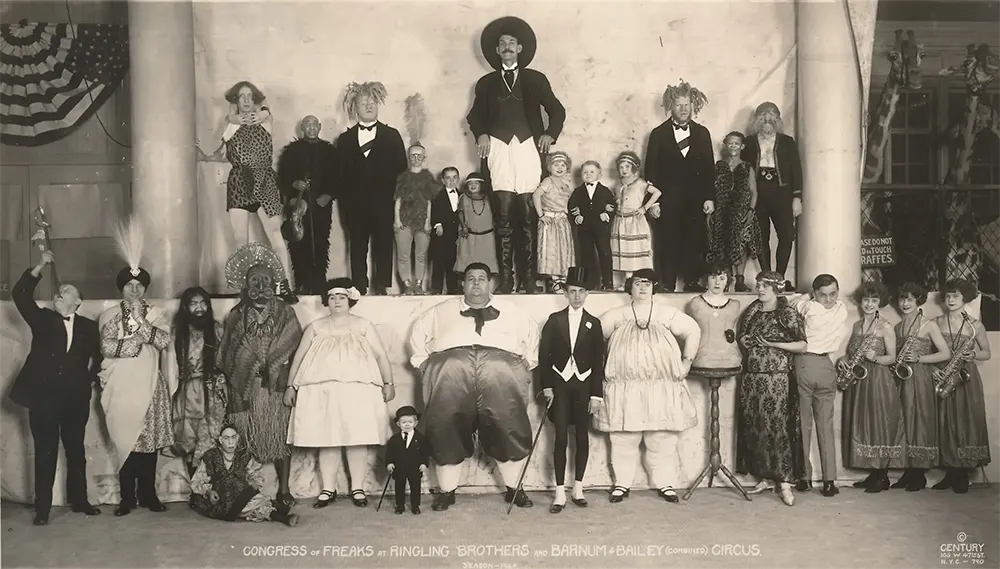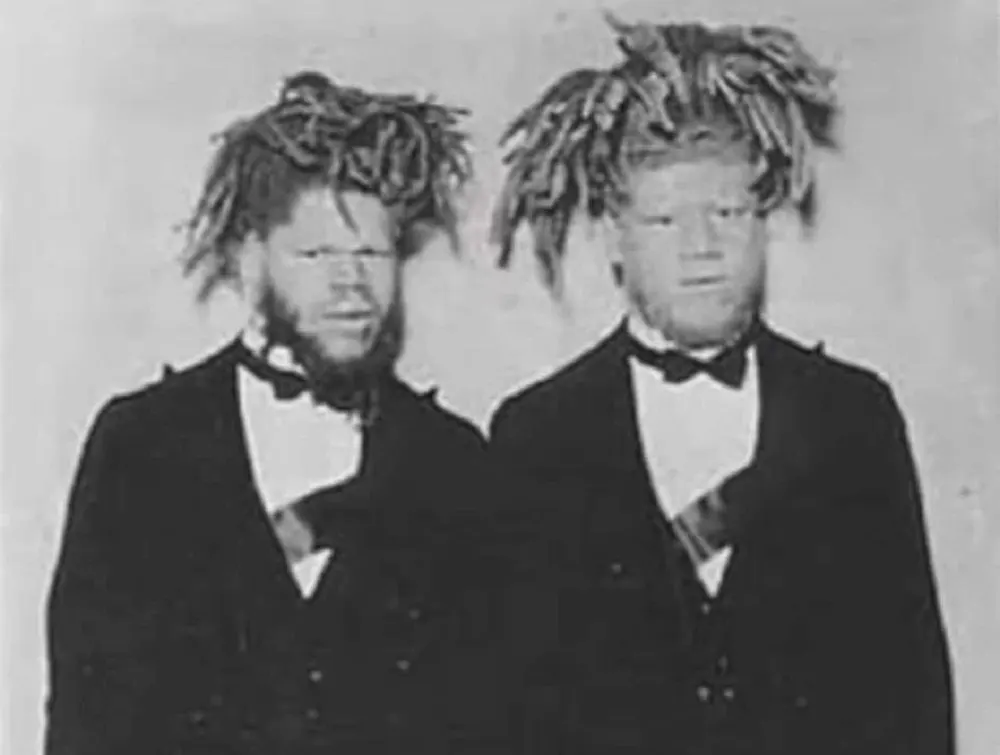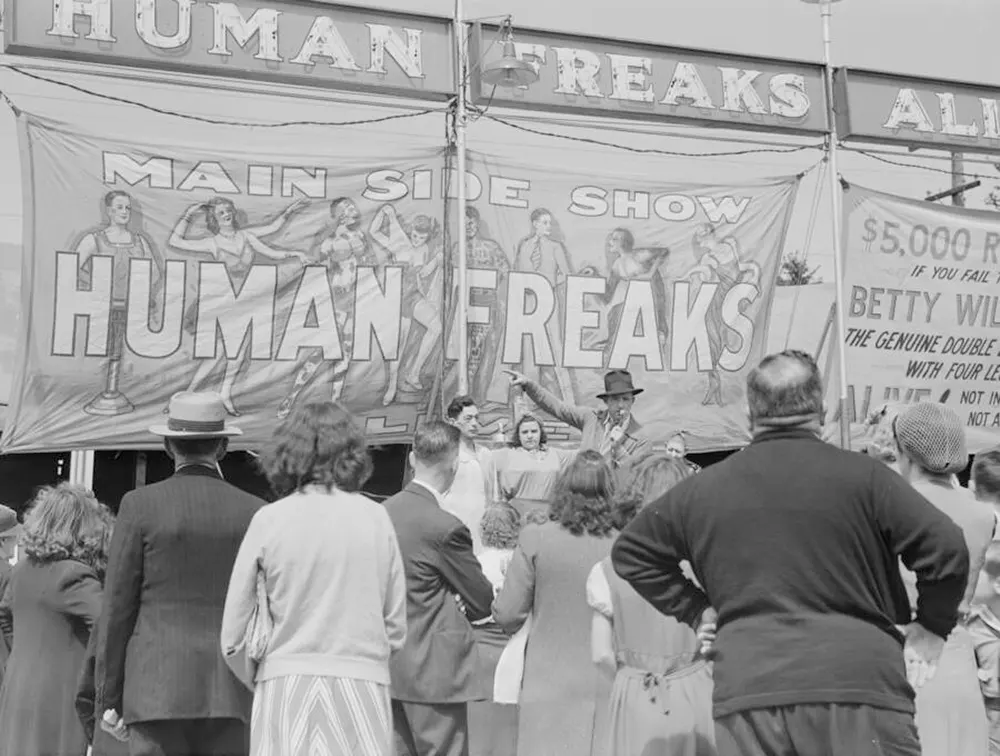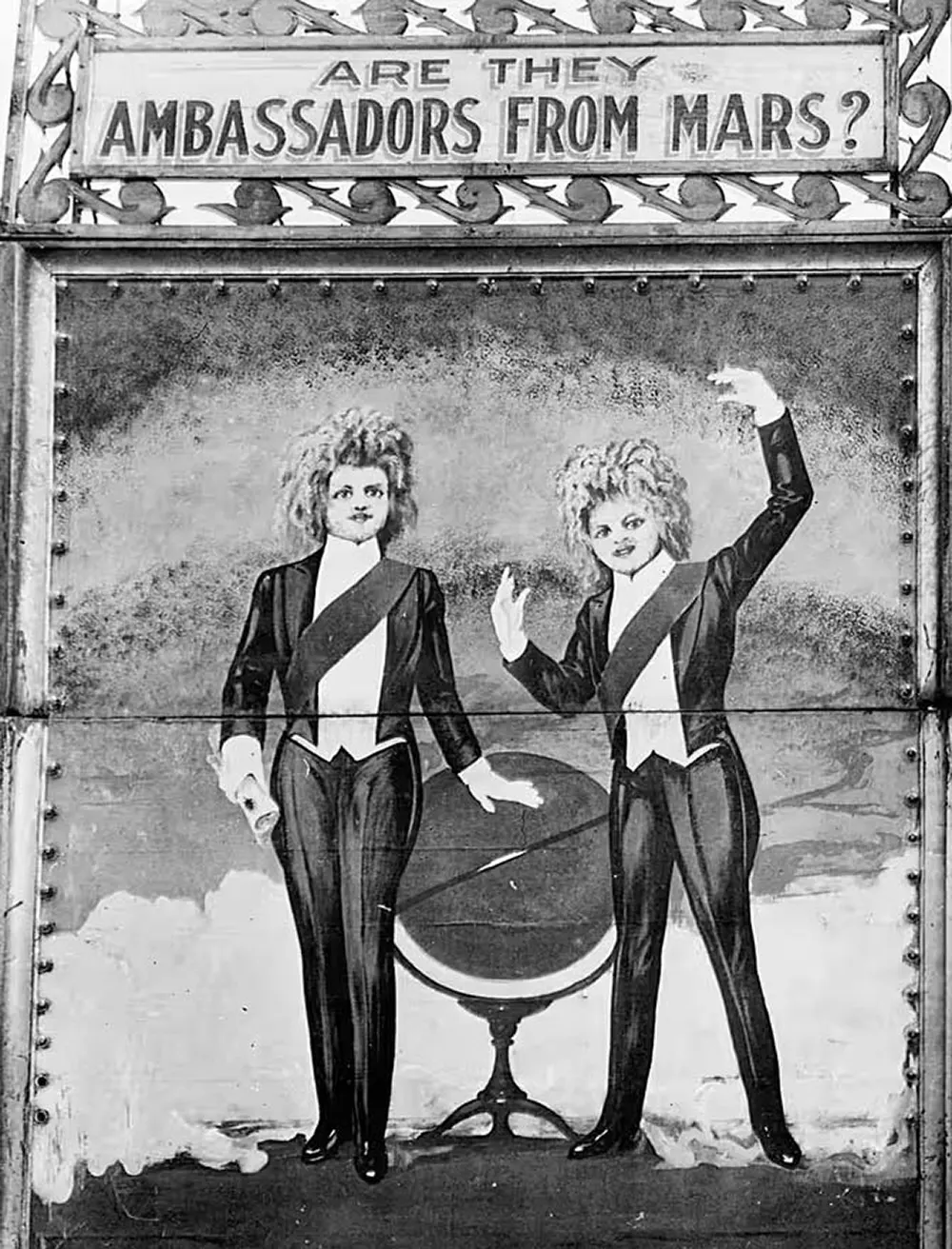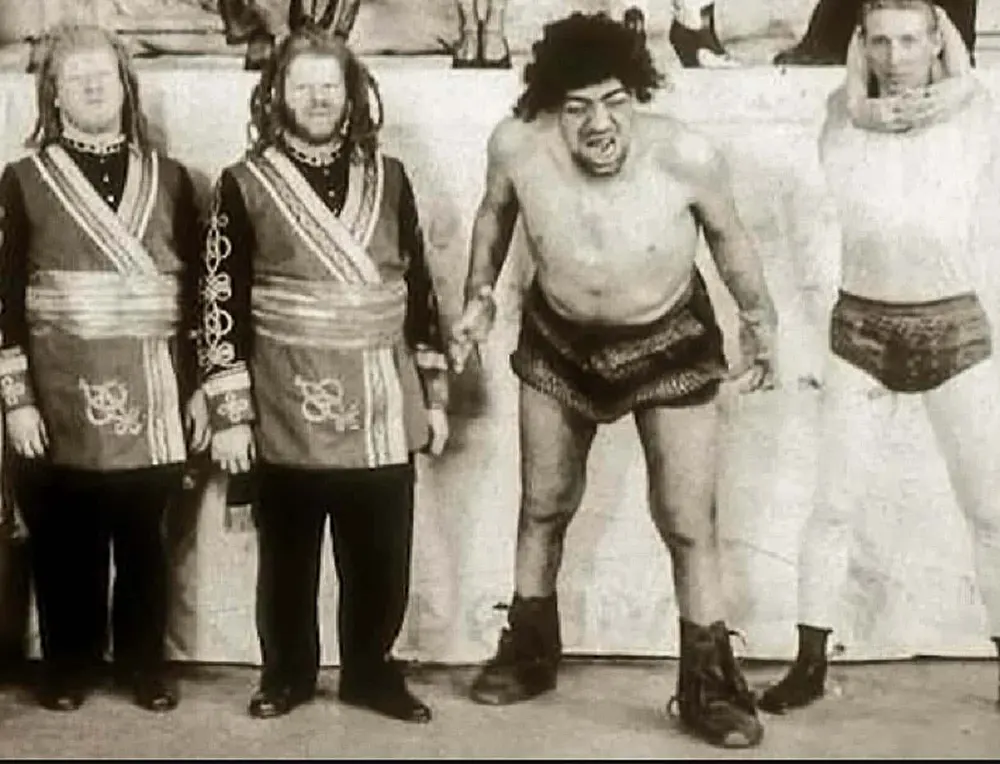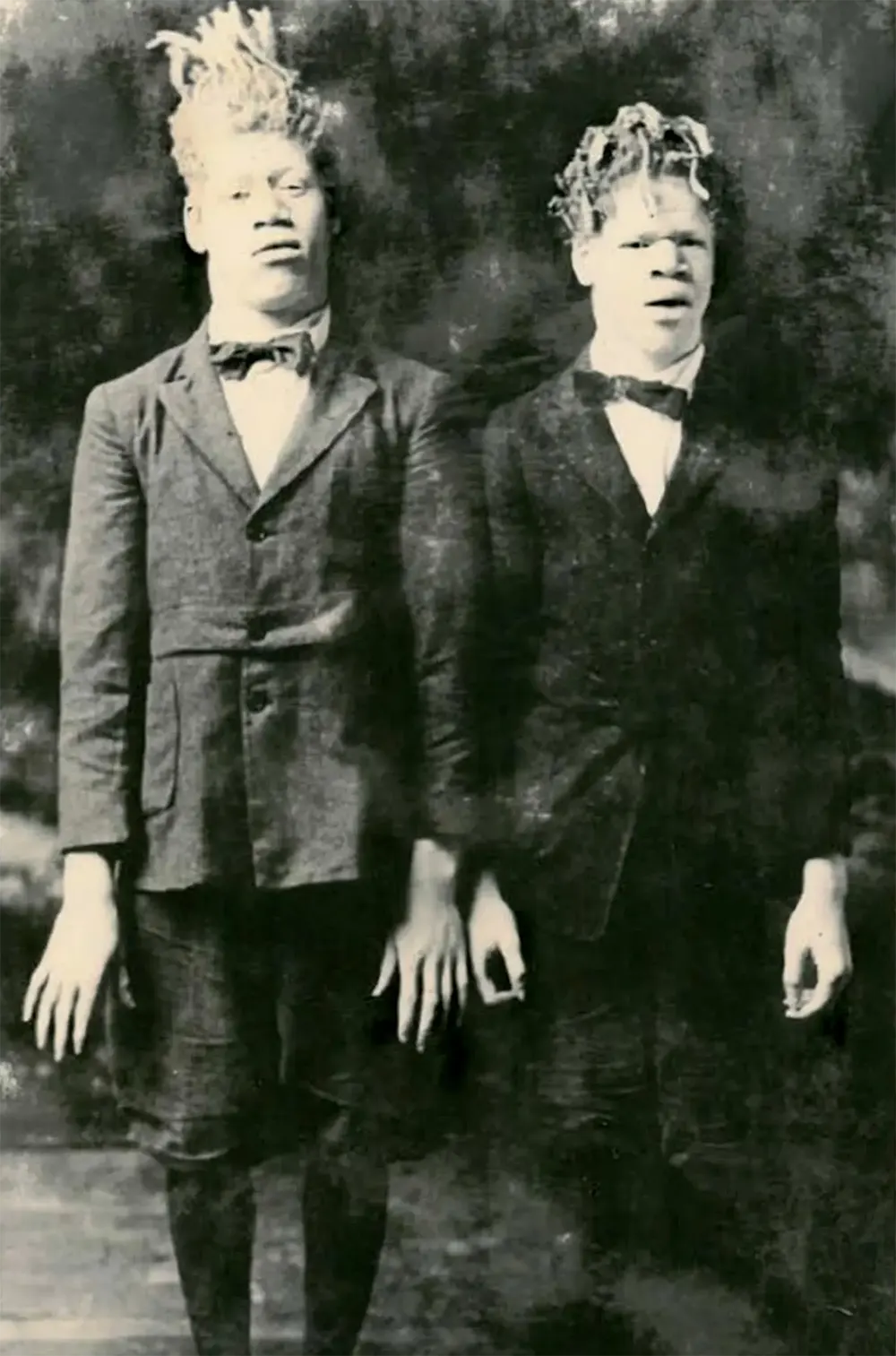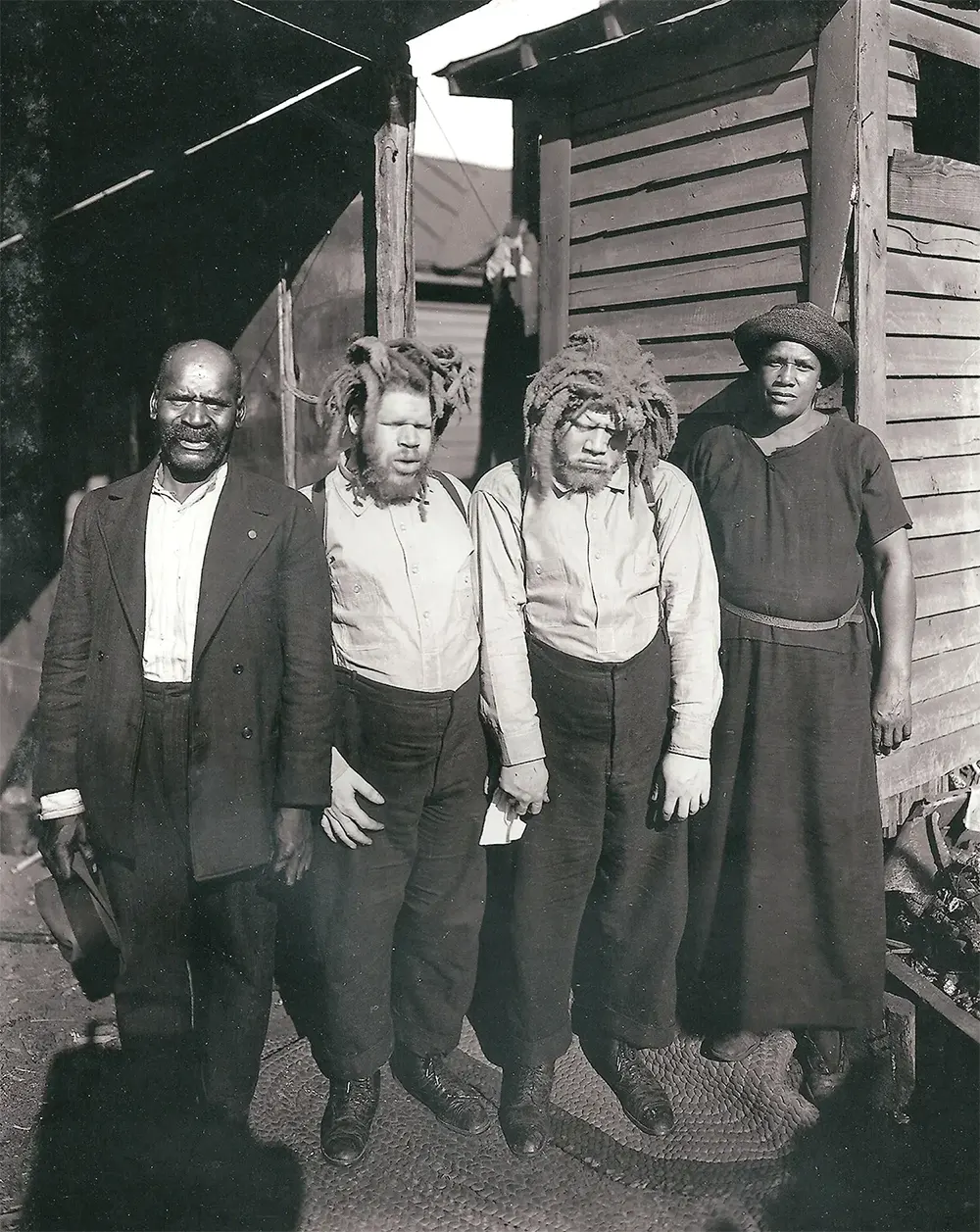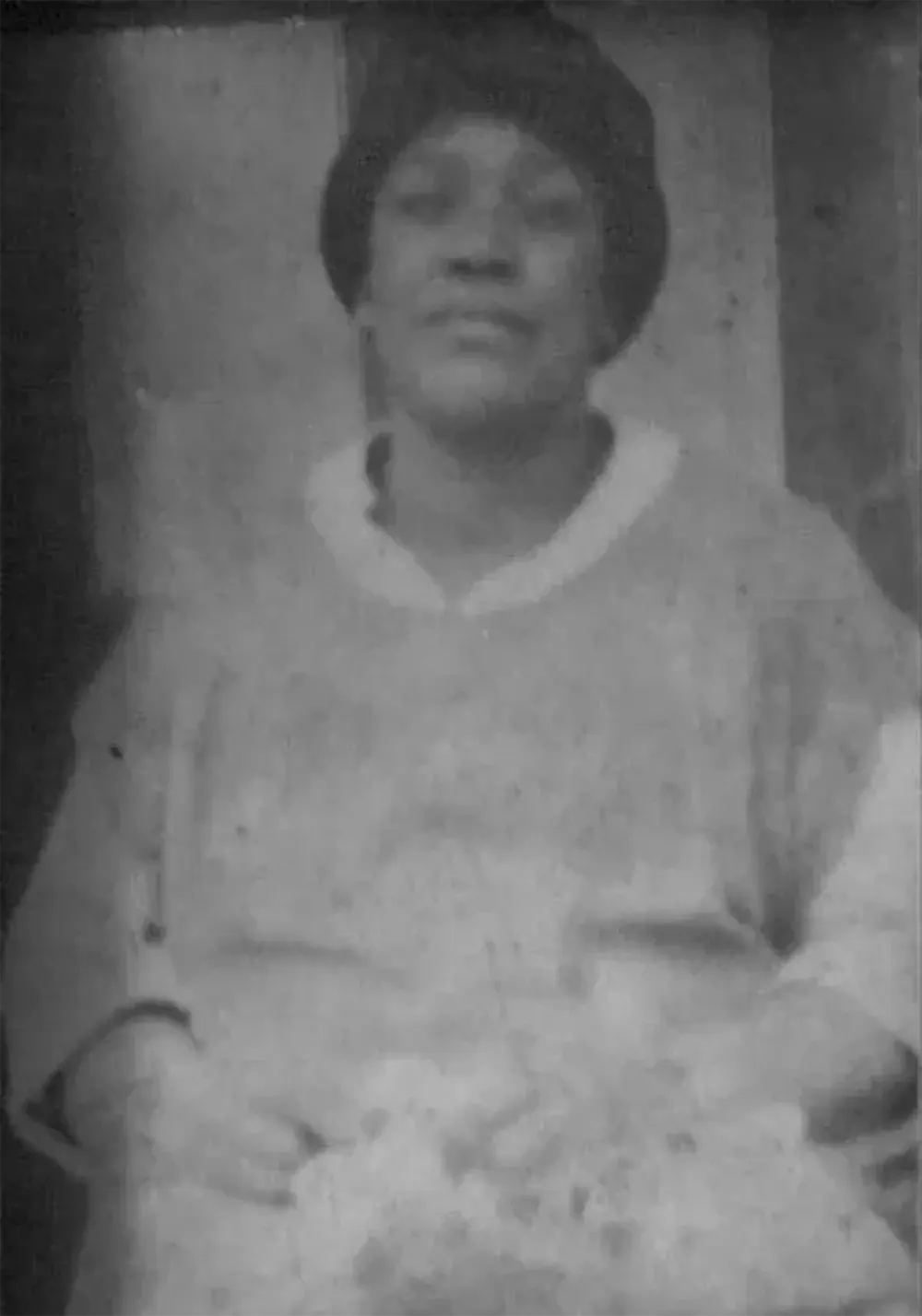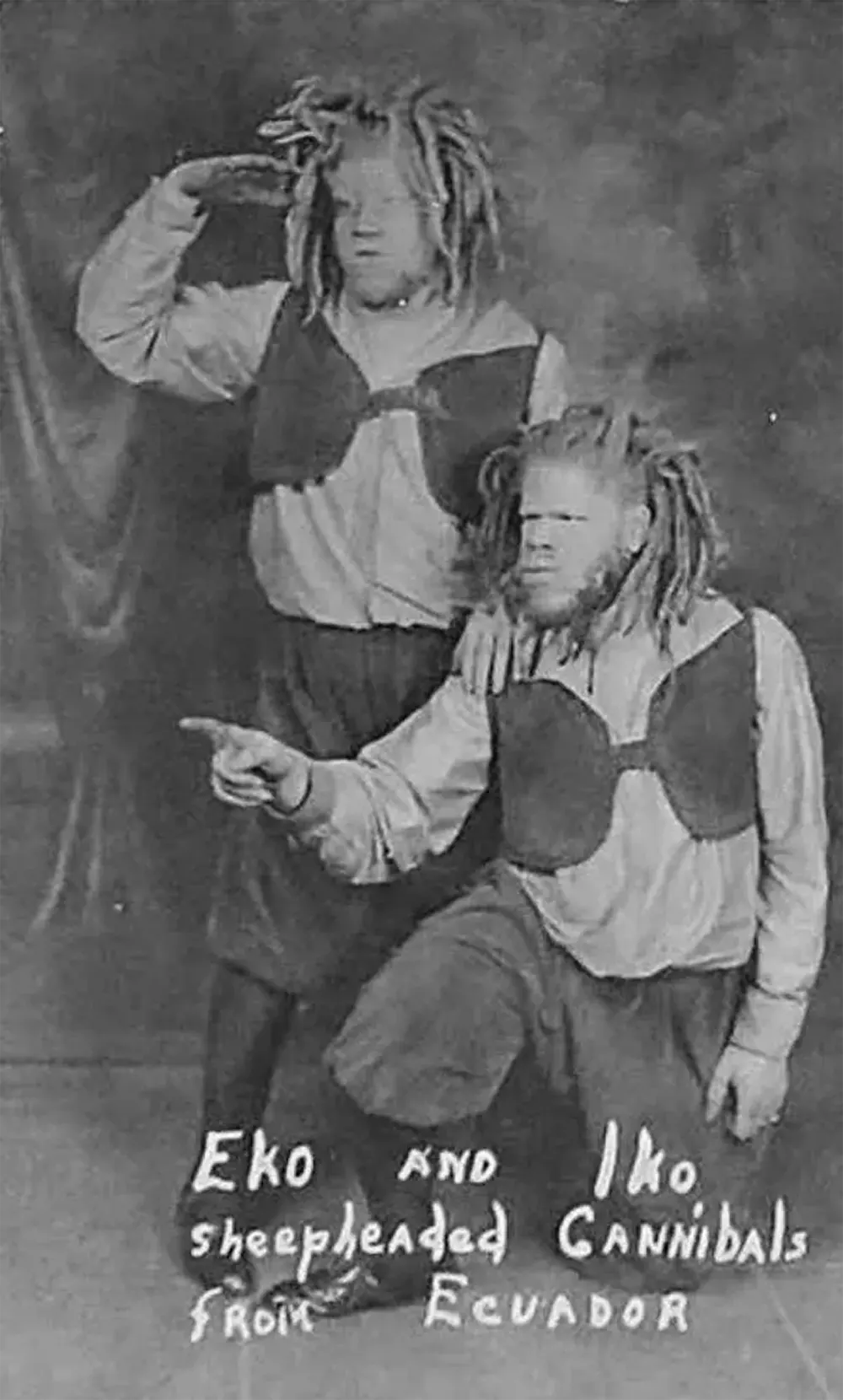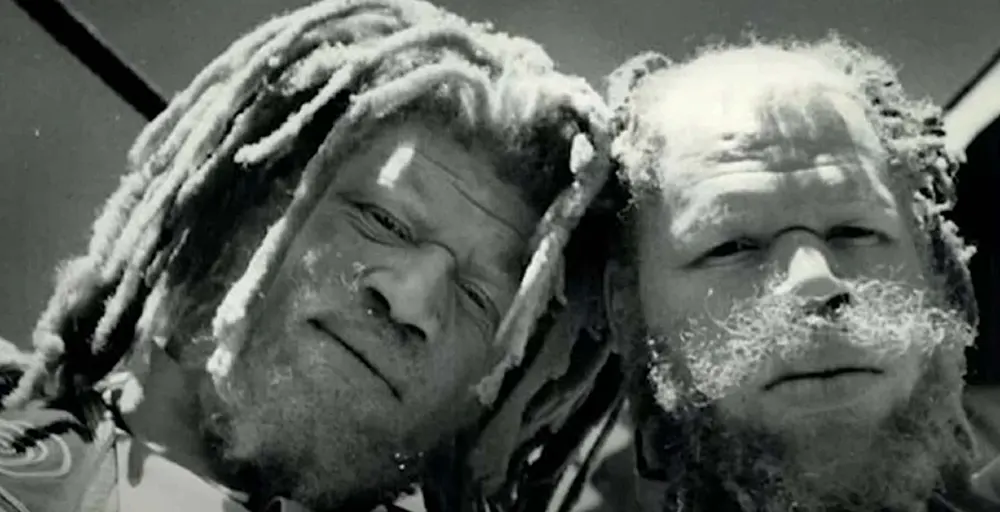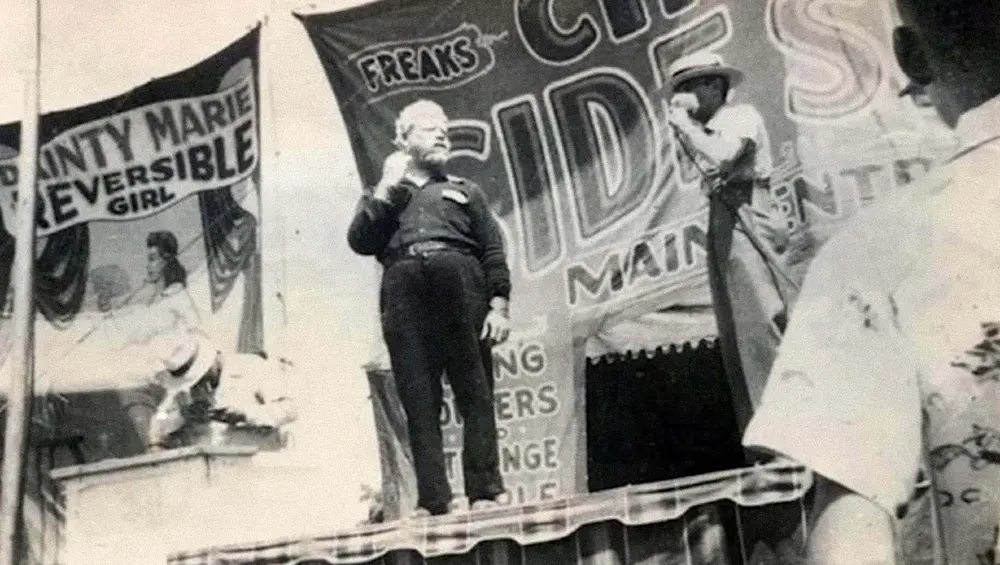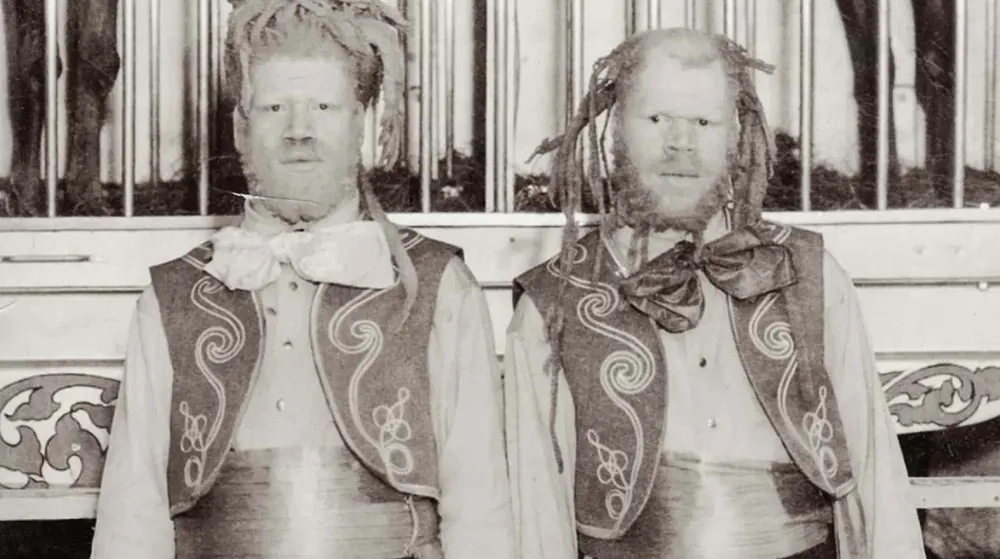The Muse brothers’ story began in the early 20th century in the rural South, an era and a region rife with racial tensions and marked economic disparity. Born with albinism, George and Willie possessed light skin, golden hair, and bright blue eyes, features that made them stand out starkly in their African-American community and unfortunately caught the eye of unscrupulous talent hunters.
In one of the most egregious acts of human exploitation, the brothers were kidnapped as children by bounty hunters preying on unique individuals to be showcased in circuses. Whisked away from their mother, Harriett Muse, and the simple life they knew, George and Willie were forced into a world that viewed them as nothing more than exotic attractions.
Circus Life: Fame and Bondage
Under the guise of “Eko and Iko,” the white-haired cannibals from Ecuador,” the brothers were paraded around the United States by the infamous Ringling Brothers and Barnum & Bailey Circus. Their unique appearance was sensationalized and exoticized, drawing curious crowds from far and wide. They were falsely advertised as “Ambassadors from Mars” or sometimes as “Sheep-Headed Men,” among other fantastical and dehumanizing titles.
Despite the fame and the facade of glamor, George and Willie lived lives far removed from the freedom and financial success that should accompany such popularity. They were kept under tight control, received little to no compensation for their performances, and were estranged from their family, unaware for years that their mother was tirelessly fighting for their return.
A Mother’s Fight for Justice
The turning point in this saga was the sheer tenacity and courage of Harriett Muse, who waged a legal battle to reclaim her sons from their forced servitude. Despite her limited education and resources, Harriett challenged the exploitative might of the entertainment giants, drawing attention to the brothers’ plight.
Her relentless pursuit eventually led to a historic reunion with her sons in 1927, though the battle was far from over. The ensuing legal confrontations centered around back pay for the brothers’ performances, spotlighting issues of human rights, exploitation, and racism. While the legal outcomes did little to compensate for the trauma and injustice the Muse brothers endured, their case shattered the silence on the nefarious practices within the world of show business.
The Muse brothers returned to the circus, not due to lack of choice, but because it was the only life they knew. This time, however, they performed on their own terms, earning wages and living a life significantly different from their earlier years of exploitation. They continued to perform until their retirement in the 1960s.


